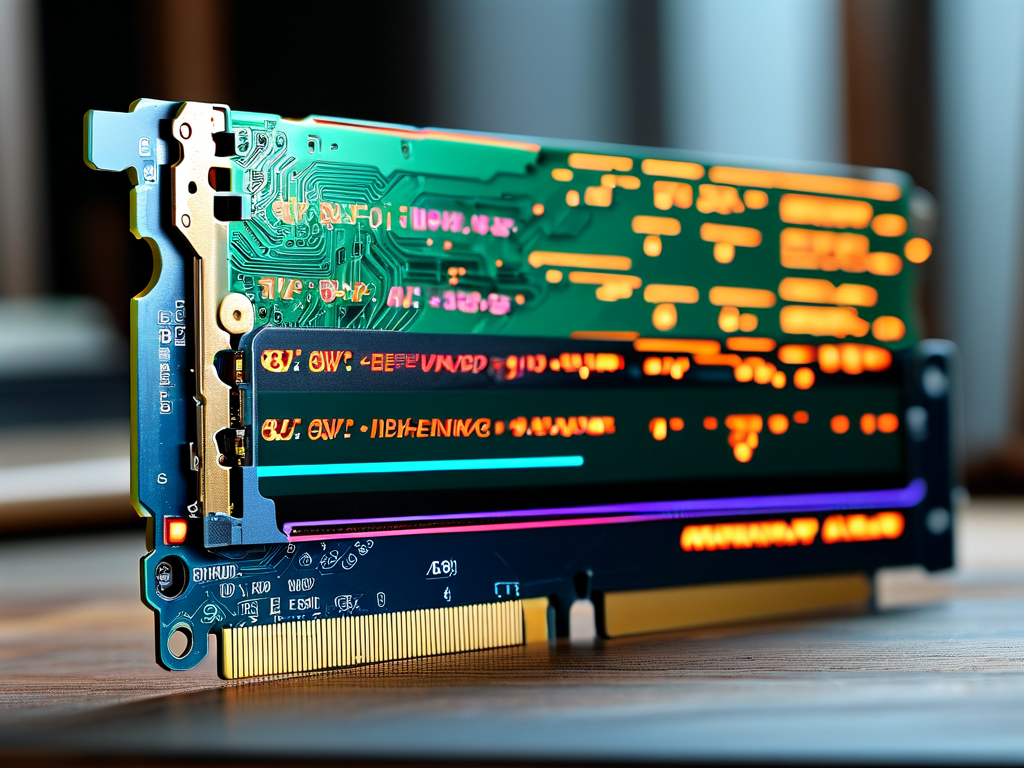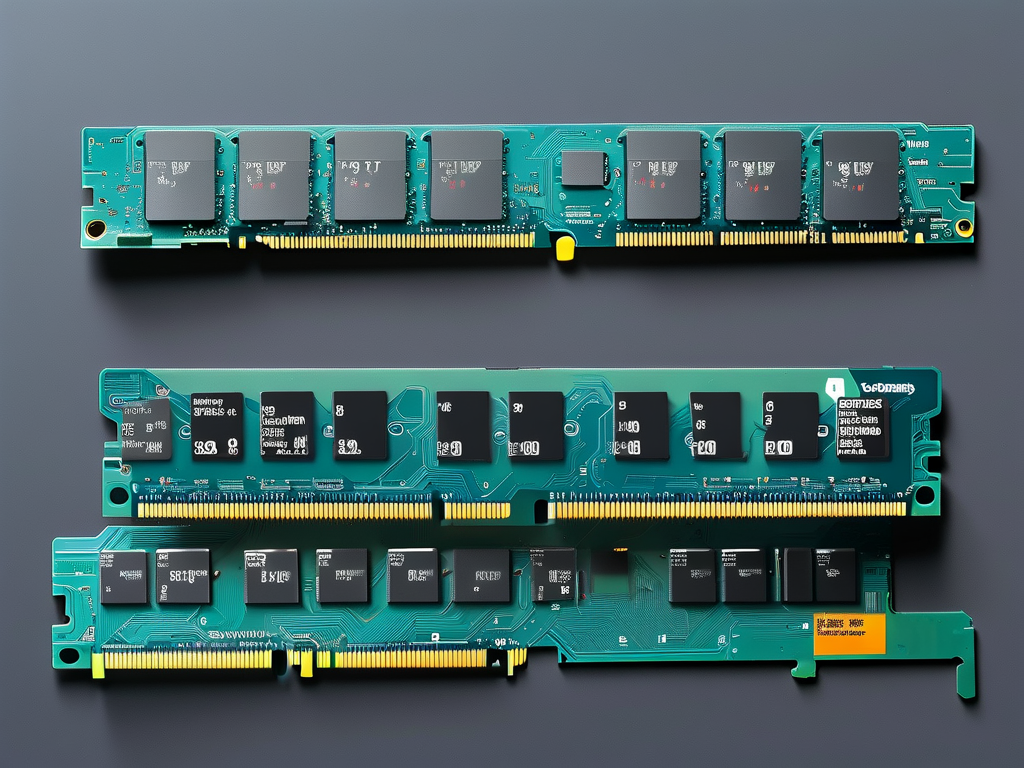Understanding how to calculate memory module speed remains essential for optimizing computer performance whether you are a tech enthusiast or a professional builder. This guide dives deep into the methods without relying on complex lists keeping explanations straightforward for easy comprehension. Memory module speed often referred to as RAM speed dictates how quickly data moves between the processor and memory affecting overall system responsiveness. At its core speed calculation hinges on key parameters like clock frequency and data transfer rates which vary across standards such as DDR3 DDR4 or DDR5. For instance the base clock speed measured in megahertz MHz forms the starting point while effective speed factors in multipliers from double data rate DDR technology. To calculate this accurately one must grasp the relationship between these elements avoiding common pitfalls like overlooking latency impacts.

A fundamental step involves determining the modules nominal speed typically labeled on the stick such as DDR4 3200 where 3200 represents the data rate in megatransfers per second MT s. However this number doesnt tell the whole story as it stems from the actual clock speed multiplied by two due to DDRs ability to transfer data on both rising and falling edges of the clock cycle. Thus if a module has a clock speed of 1600 MHz the effective speed becomes 3200 MT s calculated as clock speed times two. This simple formula Speed MT s Clock MHz 2 serves as a cornerstone for manual computations. Yet real world applications demand considering additional variables like CAS latency or timing values which denote the delay in clock cycles before data access begins. Higher latency can reduce perceived speed even with high nominal rates so incorporating it refines accuracy.
For example imagine a DDR4 module rated at 3000 MT s with a CAS latency of 15 cycles. To find its true performance bandwidth calculations come into play using the formula Bandwidth GB s Speed MT s Bus Width bits 8 where bus width is usually 64 bits for standard modules. Plugging in values 3000 MT s 64 bits 8 yields a bandwidth of 24 GB s. But if latency is high it might bottleneck this in practice. To illustrate here is a basic Python code snippet for automating bandwidth calculation ensuring reproducibility in projects.
def calculate_bandwidth(speed_mt_s, bus_width=64):
bandwidth_gb_s = (speed_mt_s * bus_width) / 8 # Convert bits to bytes
return bandwidth_gb_s
Example usage: speed = 3200 MT/s
result = calculate_bandwidth(3200)
print("Bandwidth:", result, "GB/s") # Outputs Bandwidth: 25.6 GB/s
Beyond formulas environmental factors like motherboard compatibility and overclocking can alter results. When overclocking users manually increase clock speeds beyond factory settings but this requires recalculating speeds while monitoring stability to prevent errors. Tools like CPU Z or BIOS readings help verify calculations by displaying real time data but they should not replace foundational understanding. Comparing different modules say DDR4 versus DDR5 involves adjusting for generational improvements such as higher base clocks and lower latencies making calculations more nuanced. Always cross reference with manufacturer specs to avoid assumptions that lead to suboptimal builds.
In summary mastering memory speed calculation empowers better hardware choices and troubleshooting. Start with nominal specs apply multipliers for DDR and factor in latency for a holistic view. As technology evolves staying updated on new standards ensures methods remain relevant fostering efficient computing experiences.




